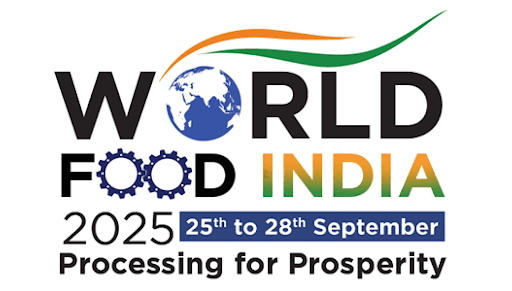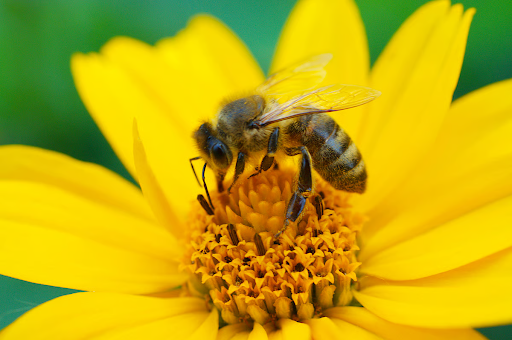Description

Disclaimer: Copyright infringement not intended.
Context
- A new “gene revolution” is altering agricultural landscapes, promising solutions to global food security challenges amidst climate change-induced disruptions.
Historical Perspective
- Traditional Cross-Breeding: Farmers have historically cross-bred crops for desirable traits, laying the groundwork for agricultural innovation.
- Emergence of GMOs: In the 1970s, scientists introduced bioengineering techniques to create genetically modified organisms (GMOs), sparking debates over safety and ethics.
- Public Perception: Initially met with skepticism and labeled "Frankenstein foods," GMOs faced public resistance despite safety assurances.
The New Gene Revolution
- Advancements in Bioengineering: The 2020s witness a new phase of gene revolution, emphasizing gene editing techniques over traditional GMO approaches.
- Promises of Food Security: Proponents argue that gene editing can enhance crop resilience to climate change and ensure food security for a burgeoning global population.
- Technological Innovations: Innovations like optimizing photosynthesis aim to boost crop yields while mitigating carbon emissions, backed by substantial research funding.
Criticisms and Controversies
- Environmental Concerns: Critics argue that industrial-scale GMOs exacerbate environmental degradation, perpetuating monoculture and reliance on agrochemicals.
- Food Security Doubts: Skepticism persists regarding GMOs' ability to address food security challenges, with concerns over their efficacy in diverse agricultural contexts.
- Corporate Interests: Critics highlight the dominance of agribusiness giants in promoting GMOs, raising questions about their motives and impact on smallholder farmers.
Case Studies and Perspectives
- Philippine Moratorium: Successful campaigns against GM crops in the Philippines underscore public concerns over safety and ecological impacts.
- Scientific Advocacy: Scientists advocate for GM crops as solutions to specific challenges, such as drought tolerance and pest resistance, particularly in regions like Africa.
- Debates on Safety: Despite claims of safety, ongoing debates persist over the health and environmental impacts of GM crops, reflecting broader societal divisions.
Future Directions and Challenges
- Global Skepticism: Despite technological advancements, public skepticism towards GMOs remains prevalent, posing challenges to widespread adoption.
- Alternative Approaches: Calls for ecologically sustainable agricultural practices highlight the need for diverse research agendas beyond GM technologies.
- Balancing Innovation and Ethics: The evolving gene revolution necessitates a nuanced approach that considers scientific advancements alongside ethical, environmental, and social implications.
Conclusion
- As the gene revolution reshapes agricultural landscapes, navigating the complex interplay between technological innovation, public perception, and sustainable development is essential for shaping the future of food systems.
MUST READ ARTICLE ON GM CROPS: https://www.iasgyan.in/daily-current-affairs/gm-crops-40#:~:text=What%20are%20GM%20crops%3F,crop%20is%20called%20GM%20food.
https://www.iasgyan.in/blogs/gm-crops-46
Status of Transgenic Crops in India
- Transgenic crops have been a subject of contention in India, with cotton being the only commercially cultivated transgenic crop thus far. However, recent developments signal potential changes on the horizon.
Current Landscape
- Cotton Dominance: Despite trials of various crops like brinjal, tomato, maize, and chickpea employing transgenic technology, cotton remains the sole transgenic crop commercially cultivated in India.
- Approval of Mustard Hybrid DMH-11: The Genetic Engineering Appraisal Committee (GEAC) approved the environmental release of Mustard hybrid DMH-11 for seed production and testing, marking progress towards commercial cultivation pending Supreme Court litigation.
Regulatory Process
- Elaborate Assessment: The development of transgenic crops involves rigorous safety assessments by committees before advancing to open field trials.
- Demonstrable Improvement: Transgenic crops must demonstrate superiority over non-GM variants in specified parameters without ecological harm to gain commercial clearance.
State Resistance
- Gujarat, Maharashtra, and Telangana Rebuff GEAC: Despite GEAC recommendations, these states have rejected trials of Cry2Ai cotton seed, citing concerns or lack of approval.
- Proposed Solutions: GEAC proposes designated testing sites across India to bypass state approvals, aiming to streamline the regulatory process.
Potential Changes in Regulation
- Notified Testing Sites Proposal: To address state-level discrepancies, GEAC considers declaring specific regions as designated testing sites, potentially easing regulatory hurdles.
- DBT Initiative: The Department of Biotechnology (DBT) suggests capacity-building activities to familiarize state governments with GM technology and regulatory frameworks.
Conclusion
- India's journey with transgenic crops reflects a delicate balance between scientific progress, regulatory oversight, and public concerns.
- As debates and regulatory frameworks evolve, the future of transgenic agriculture in India remains a dynamic and complex landscape.
MUST READ ARTICLE ON GM CROPS: https://www.iasgyan.in/daily-current-affairs/gm-crops-40#:~:text=What%20are%20GM%20crops%3F,crop%20is%20called%20GM%20food.
https://www.iasgyan.in/blogs/gm-crops-46
|
PRACTICE QUESTION
Q. Examine the role of genetically modified (GM) crops as potential solutions to specific agricultural challenges such as drought tolerance and pest resistance. Provide examples and analyze the ethical, scientific, and regulatory considerations surrounding the utilization of GM crops in agricultural practices.
|
SOURCE: INDIAN EXPRESS









